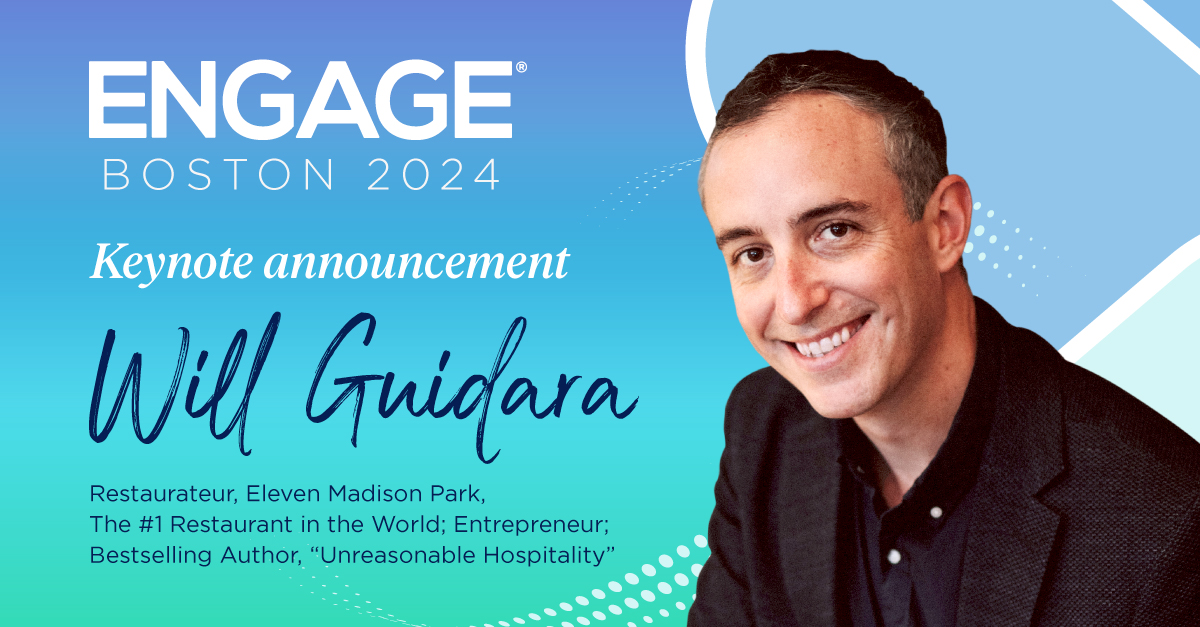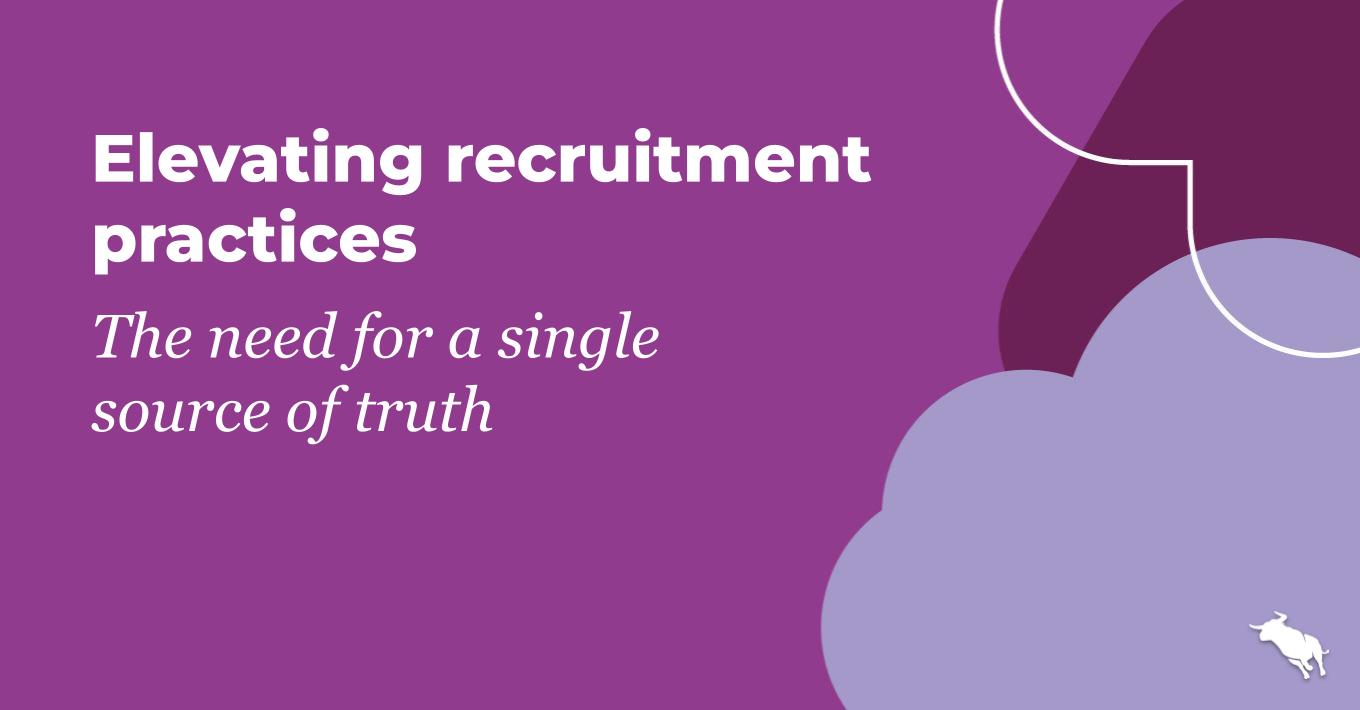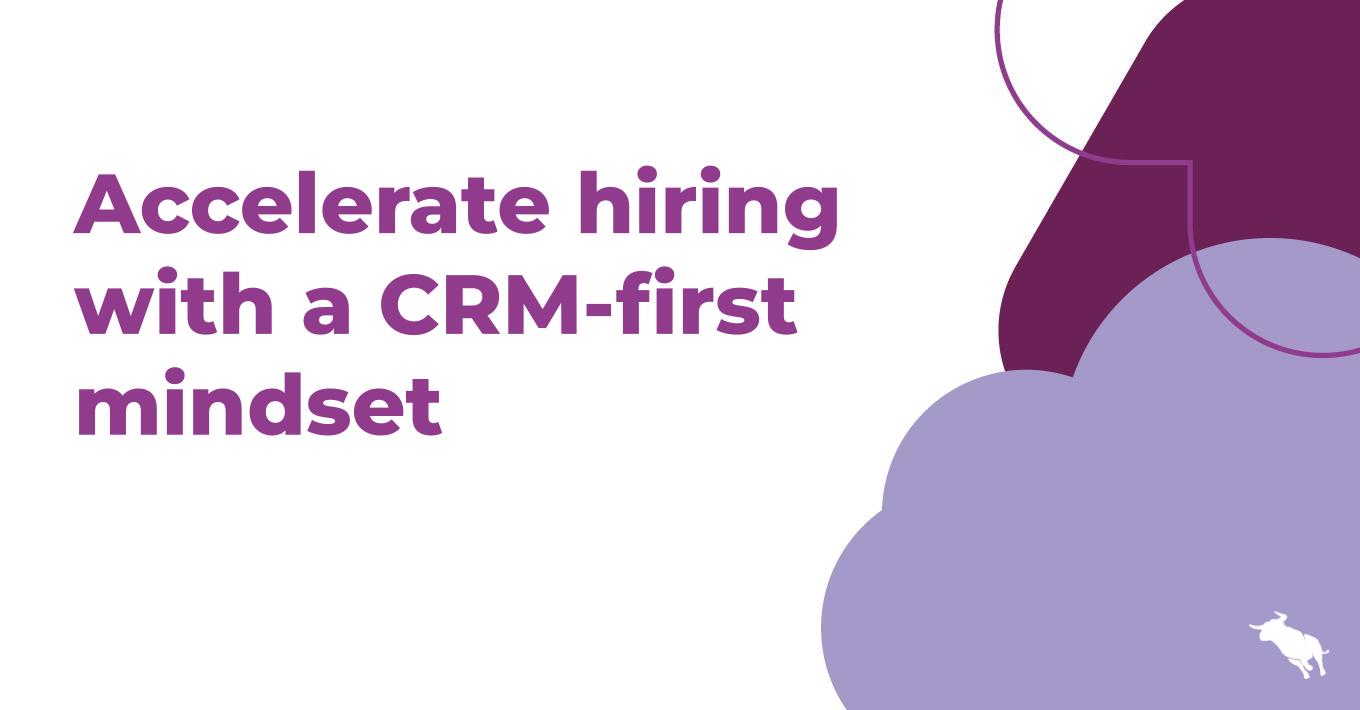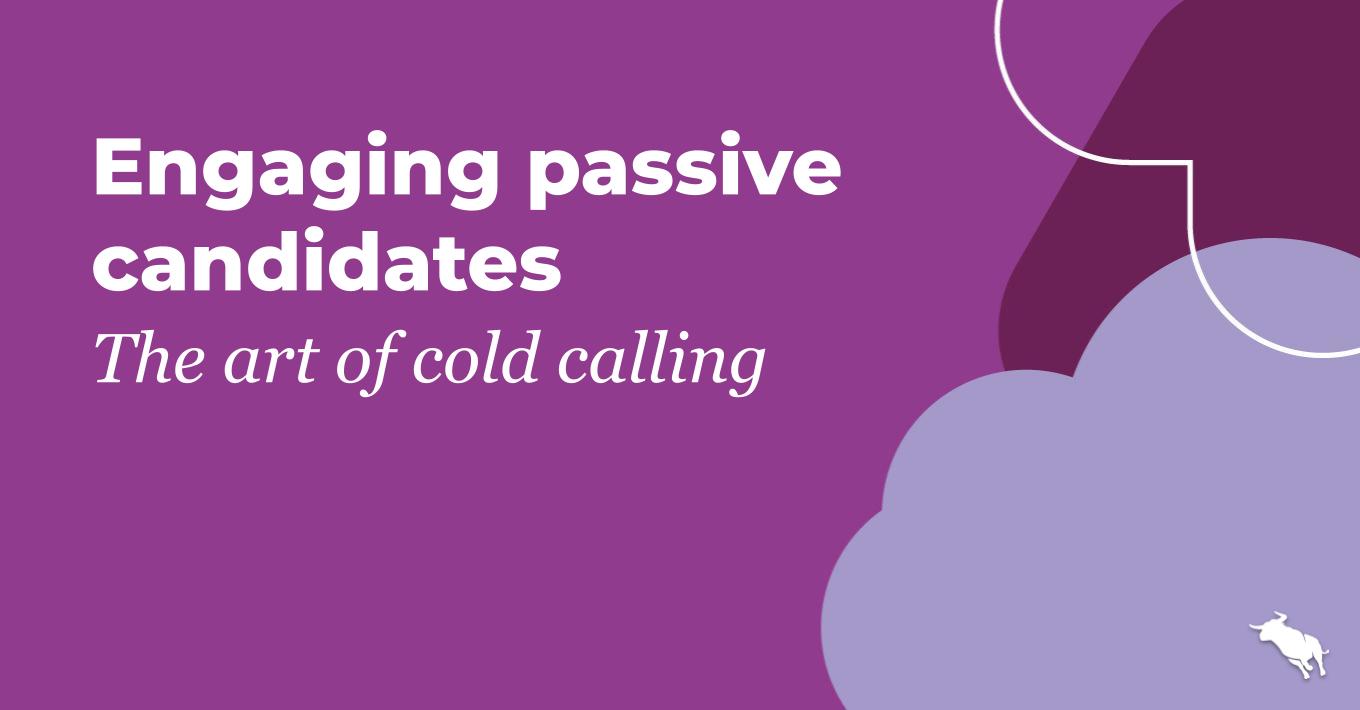Engage 2015 Opening Keynote: Art Papas and Joanie Courtney
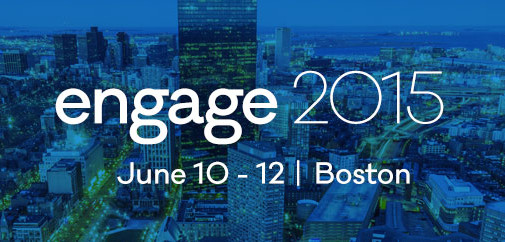
Art Papas and Joanie Courtney combined to kick off Engage 2015 with a bang in the opening keynote session on Thursday. This keynote featured both a discussion of macro trends and an explanation of the recent complexities of the employment market.
 Papas opened the presentation by asking the audience, “How do we engage customers?” Is it done best with charisma alone? That sort of narrow-minded strategy is a thing of the past. The key to engaging your customers is to be better prepared for client meetings by becoming invested in your clients’ identities. If you know who your customers are, through both your personal experience with them and their online presence, you’ll be better able to predict the future of what your customers want from your business.
Papas opened the presentation by asking the audience, “How do we engage customers?” Is it done best with charisma alone? That sort of narrow-minded strategy is a thing of the past. The key to engaging your customers is to be better prepared for client meetings by becoming invested in your clients’ identities. If you know who your customers are, through both your personal experience with them and their online presence, you’ll be better able to predict the future of what your customers want from your business.
Papas then moved on to how companies can best engage candidates. The visual form of the job search process, though it has moved from the Classified section of the newspaper to job boards on the Internet, hasn’t changed spectacularly in the past quarter-century. However, candidates do evaluate potential employers differently these days. Just as you might check Yelp ratings before heading out to grab dinner at an Italian restaurant, candidates can explore websites like Glassdoor in order to see what current and past employees think of your company. If your company garners a bad reputation, that opinion could start to gain public traction. Comcast, for example, has been subject to a significant level of Internet criticism of its customer service, some of which has gone viral and harmed the company’s public standing.
The Internet has also changed the definition of self-service. It used to indicate inconvenience with a lower price (think of a gas station). However, in the Internet age, self-service has come to signify pure convenience – companies like OpenTable and Uber make reservations and transportation, respectively, very easy for people by removing unnecessary telephone communication from the equation.
When it comes to engaging employees, Papas noted that in a relationship-driven business, if you don’t have engaged employees, you don’t have a business. Today, that means engaging with Millennials: by 2020, 50% of American workers will be Millennials. These people grew up differently than people of previous generations. In 1950, 12% of children surveyed thought they were “special.” By 2005, that percentage had grown to a whopping 83%! Though they may not actually each be special, Millennials expect to be treated like they are. They require individual attention and want their employers to show interest in their day-to-day activity and progress. Meeting the workplace needs of this emerging generation will be crucial to the success of your company.
 Courtney’s presentation, “Making Sense of the Employment Market,” started by acknowledging that people want to know where the market is today, and where it’s going in the future. The Bureau of Labor Statistics’ Employment Situation Summary, released on the first Friday of each month, is a huge influencer. It plays a large part in determining where companies choose to focus their financial efforts. One of the summary’s most important fuctions is its sector analysis – the May 2015 summary indicates significant growth in temporary staffing, showing that companies continue to crave the flexibility that temporary workers give them.
Courtney’s presentation, “Making Sense of the Employment Market,” started by acknowledging that people want to know where the market is today, and where it’s going in the future. The Bureau of Labor Statistics’ Employment Situation Summary, released on the first Friday of each month, is a huge influencer. It plays a large part in determining where companies choose to focus their financial efforts. One of the summary’s most important fuctions is its sector analysis – the May 2015 summary indicates significant growth in temporary staffing, showing that companies continue to crave the flexibility that temporary workers give them.
The recession of the late 2000s was brutal: at one point, the economy was losing 700 thousand jobs per month. Although that trend has turned around significantly, and the unemployment rate is shrinking at a steady rate, issues still abound. Wages haven’t moved very much, and that’s worrying. In a normal recovery, wage inflation is usually between 3 and 4%, but as of 2015, it’s hovering around 2%. Although wage inflation is headed in the right direction, it just hasn’t kept up with the general rate of American economic growth.
Only 62.9% of civilians are currently part of the American labor force, a 35-year low. Many of those who haven’t yet joined the workforce are Millennials, and women have also dropped off a bit in recent years. Workforce flexibility could help turn this trend around, but it’s going to be up to individual companies to seize the opportunities that this low rate provides: soon, people are going to be excited to rejoin the workforce.
Courtney went on to explain that there’s been a power shift in recruitment. Candidates used to have a hard time finding a job at all, but now they find themselves dealing with multiple offers and counter-offers, as well as relocating to take appealing positions. It’s not just that employers aren’t in the driver’s seat, though. So much is changing about the workforce. We’re in an on-demand economy now. People have given up on the traditional workforce, but they have gravitated towards “the Uber model,” wherein people sign up for flexible work. Students, freelancers, and those looking to re-enter the workforce after leaving it have been capitalizing on the opportunity to earn money whenever they can. The availability of inexpensive computing power, sophisticated applications, and cloud-based services has made this sort of business model more and more common, and that prevalence has been invaluable for those looking for part-time work.
Finally, Courtney went over several trends to watch in 2015 and beyond:
- Continued gap in specialty skilled jobs, especially STEM fields: We can expect a great deal of demand for these jobs. There are not enough people in college for these skills. Visas are currently competitive, bringing foreign workers in to meet demand.
- Increasing Millennial population in workforce and leadership roles
- Increase of women in leadership roles: There are currently more women graduating with undergraduate and graduate degrees than men. Yet there are still only 24 female CEOs on Fortune 500! The degrees currently being earned will move this number in the right direction.
- Employers’ focus on employee engagement and retention through social media
- Increased hiring and job search through social media and mobile

